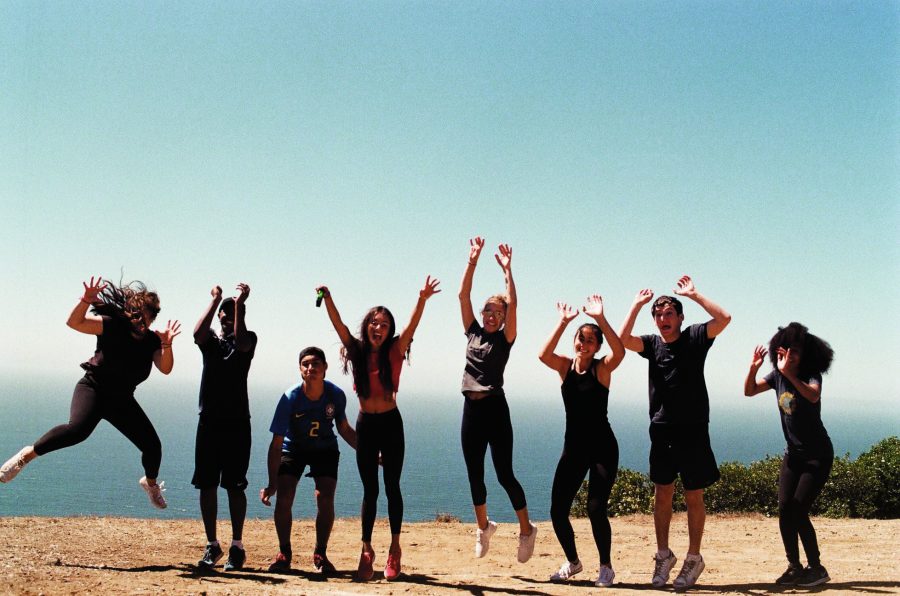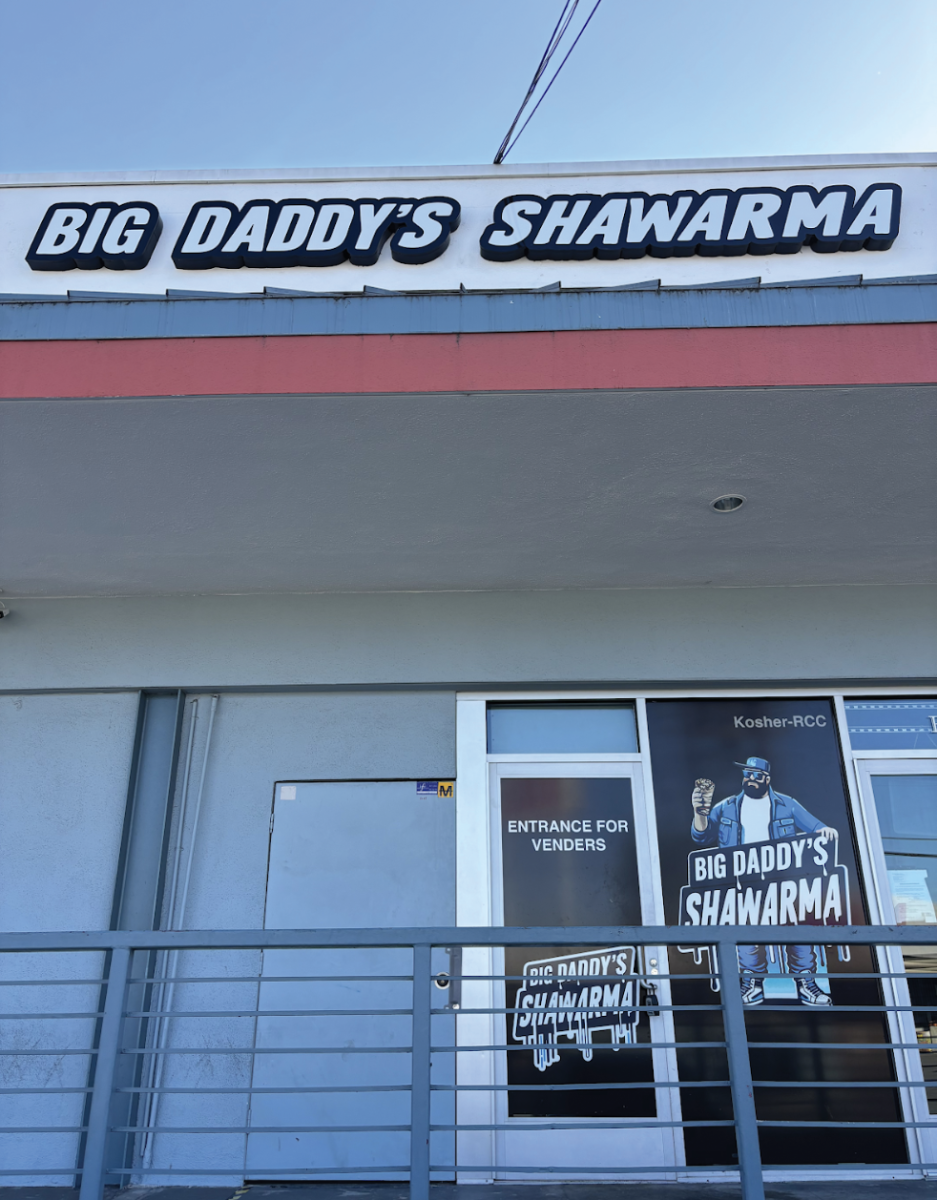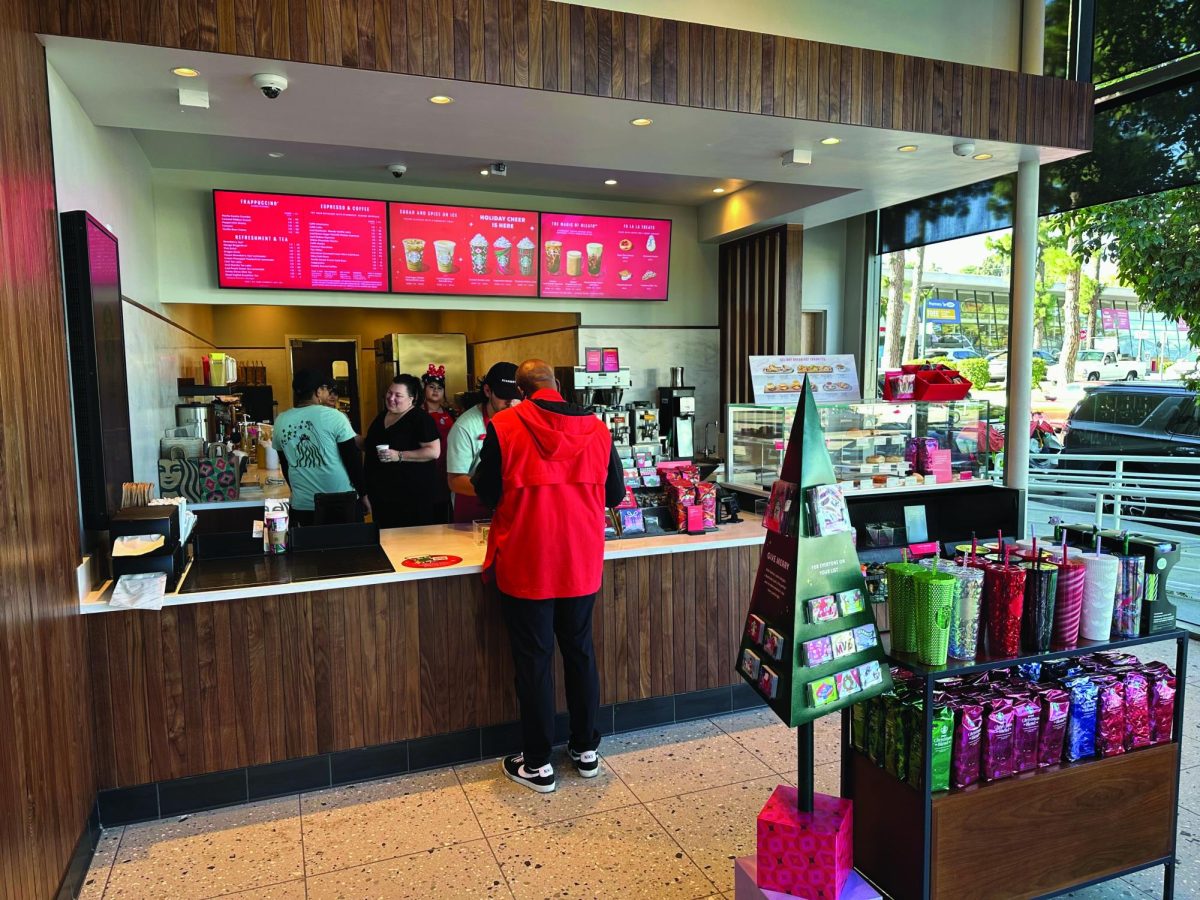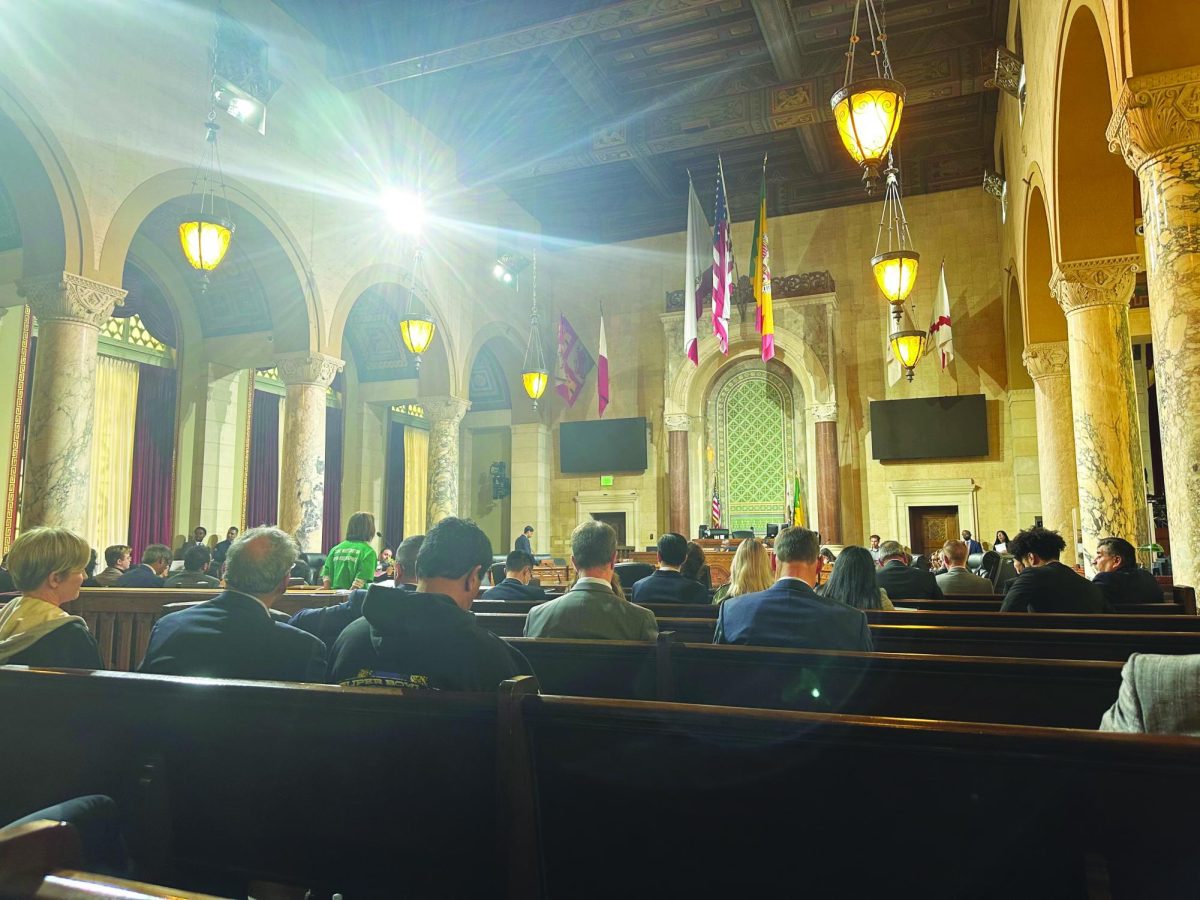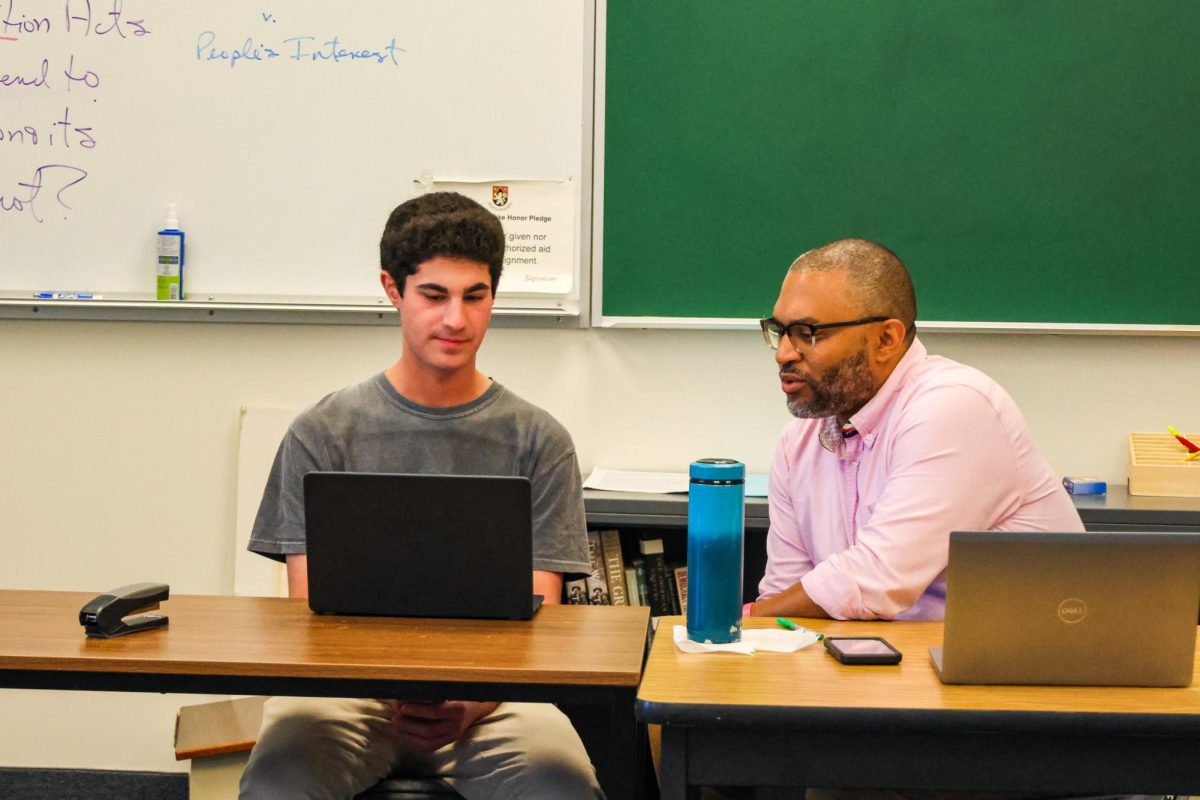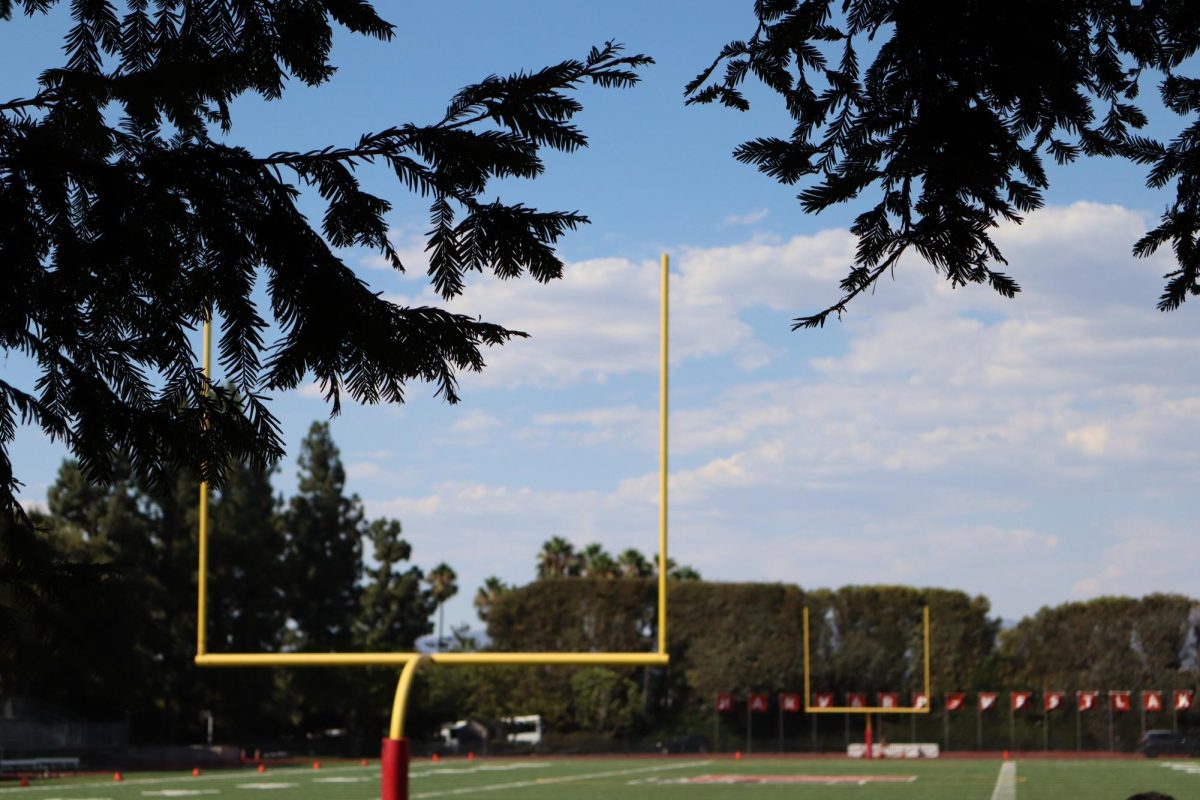As she skimmed the list of ruined areas from the Woolsey fire, Rebecca Sugerman ’19 felt a wave of devastation when she found out that her longtime summer camp, Camp Hess Kramer, had been part of the nearly 100,000 acres that were burned.
Sugerman has attended Camp Hess Kramer since she was first eligible at eight years old, and since then, she said her camp and its community has influenced her in a positive manner.
“It’s my home away from home, and the place that molded me into the person I am today,” Sugerman said. “I honestly don’t know who I would be without Camp Hess Kramer. While camp is definitely about more than the structures, it’s still really sad because each of the places that burned had a special meaning.”
The Woolsey fire was responsible for the destruction of an estimated 670 structures, causing almost 300,000 people to evacuate throughout Los Angeles and Ventura counties, according to NBC. The Malibu Mountains were particularly devastated by the fires, according to the Los Angeles Times. These mountains were home to summer camps, such as Camp Hess Kramer, that students have been attending for years. Camp Hess Kramer emphasizes creating long-lasting relationships while celebrating the Jewish culture, according to the camp website. Sugerman said she was particularly affected by the loss of her camp because of her long family history with the 65-year-old campsite.
“My grandparents, parents and sibling went to the camp, and my grandparents even helped build parts of the camp,” Sugerman said. “Each of us have all physically contributed something to the camp as well, so it’s hard knowing that it is all gone.”
Camp Hess Kramer was located at the Gliding Hilltop Campsite, which had hosted many other camp programs throughout its long history. One of these other camp programs was Camp Harmony, where many students were deeply involved as volunteer counselors for underprivileged youth in the Los Angeles area.
“Camp Harmony is above all a place where kids can come to feel safe, loved and open,” counselor Carli Cooperstein ’20 said. “In wake of the fires, of course, I’m devastated, but all I want is for camp to still mean the same thing to the campers, no matter where it is.”
The Gliding Hilltop Camp was also a site for the school’s annual Peer Support training.
“We just had Peer Support retreat at Hilltop about two months ago so it’s hard to process that a place that holds so many amazing memories is just gone,” Peer Support Trainee Paige Corman ’20 said. “The fires have been so destructive and I feel terrible for everyone who has been affected by them.”
Despite the tragedies that which communities went through, the losses have brought the camp communities closer together and the campers are hopeful for the future, Sugerman said.
“Since the fire, the camp community has never been stronger,” Sugerman said. “The amazing part is that the menorah, [which is the camp’s symbol] and the wooden sign next to commemorating [founder] Alfred Wolf did not burn down. We have bonded together to make sure camp is rebuilt so that the magic we experienced is still there, and so we can bring back everything that made our experiences special for campers in the future.”
Sugerman has attended Camp Hess Kramer since she was first eligible at eight years old, and since then, she said her camp and its community has influenced her in a positive manner.
“It’s my home away from home, and the place that molded me into the person I am today,” Sugerman said. “I honestly don’t know who I would be without Camp Hess Kramer. While camp is definitely about more than the structures, it’s still really sad because each of the places that burned had a special meaning.”
The Woolsey fire was responsible for the destruction of an estimated 670 structures, causing almost 300,000 people to evacuate throughout Los Angeles and Ventura counties, according to NBC. The Malibu Mountains were particularly devastated by the fires, according to the Los Angeles Times. These mountains were home to summer camps, such as Camp Hess Kramer, that students have been attending for years. Camp Hess Kramer emphasizes creating long-lasting relationships while celebrating the Jewish culture, according to the camp website. Sugerman said she was particularly affected by the loss of her camp because of her long family history with the 65-year-old campsite.
“My grandparents, parents and sibling went to the camp, and my grandparents even helped build parts of the camp,” Sugerman said. “Each of us have all physically contributed something to the camp as well, so it’s hard knowing that it is all gone.”
Camp Hess Kramer was located at the Gliding Hilltop Campsite, which had hosted many other camp programs throughout its long history. One of these other camp programs was Camp Harmony, where many students were deeply involved as volunteer counselors for underprivileged youth in the Los Angeles area.
“Camp Harmony is above all a place where kids can come to feel safe, loved and open,” counselor Carli Cooperstein ’20 said. “In wake of the fires, of course, I’m devastated, but all I want is for camp to still mean the same thing to the campers, no matter where it is.”
The Gliding Hilltop Camp was also a site for the school’s annual Peer Support training.
“We just had Peer Support retreat at Hilltop about two months ago so it’s hard to process that a place that holds so many amazing memories is just gone,” Peer Support Trainee Paige Corman ’20 said. “The fires have been so destructive and I feel terrible for everyone who has been affected by them.”
Despite the tragedies that which communities went through, the losses have brought the camp communities closer together and the campers are hopeful for the future, Sugerman said.
“Since the fire, the camp community has never been stronger,” Sugerman said. “The amazing part is that the menorah, [which is the camp’s symbol] and the wooden sign next to commemorating [founder] Alfred Wolf did not burn down. We have bonded together to make sure camp is rebuilt so that the magic we experienced is still there, and so we can bring back everything that made our experiences special for campers in the future.”



























